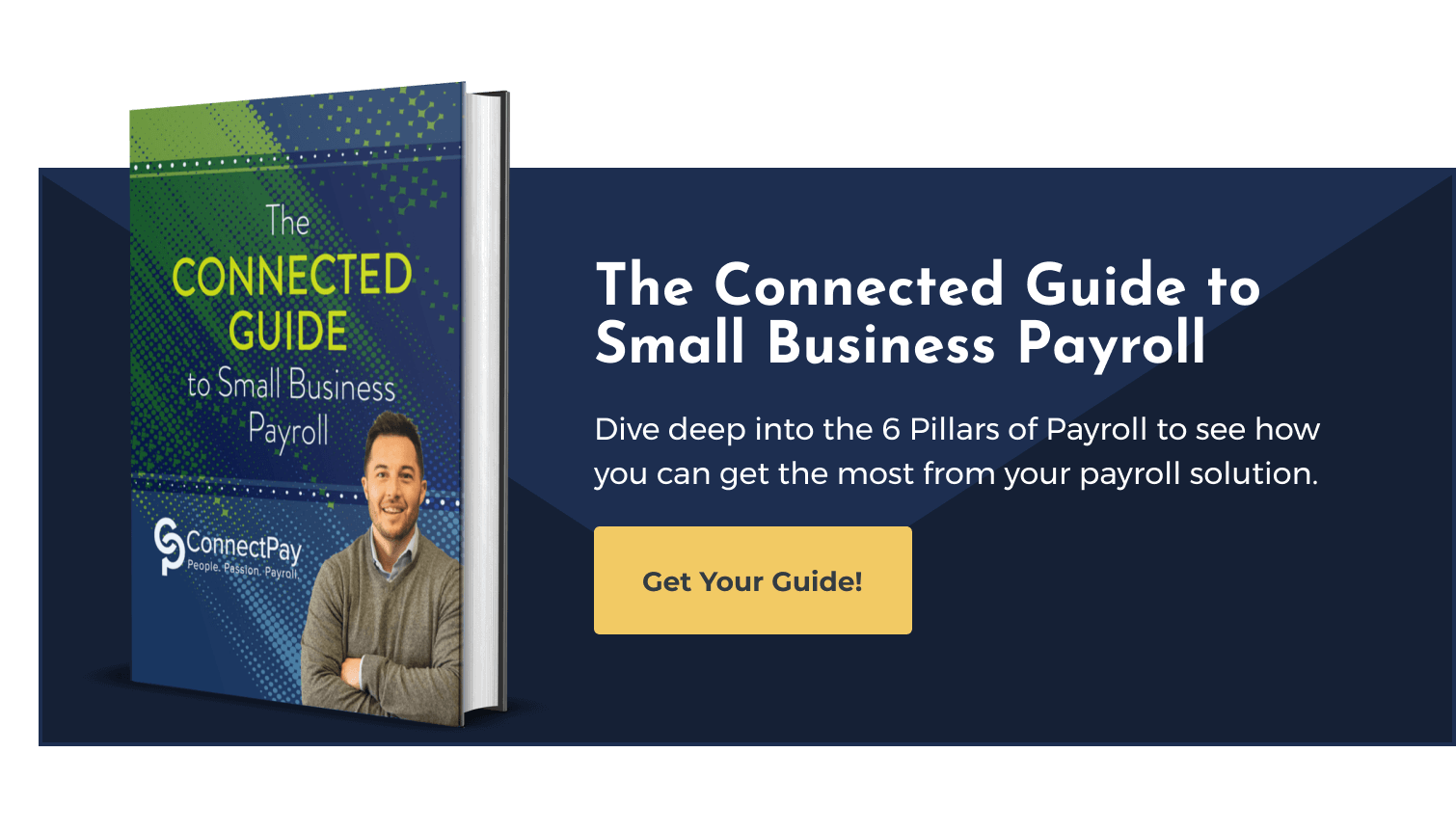What is the Common Law Test? What You Need to Know

Do the words’ employee classification’ make you want to bury your head in your hands?
You’re not alone. Misclassifying workers is one of the most common errors businesses make; ten to thirty percent of employers misclassify workers, resulting in billions of dollars in lost taxes, penalties, and fines.
And there are other consequences. You’ll also need to pay substantial back taxes and might even face legal action from employees who feel they lost out on benefits.
So what can you do? Your first step is determining exactly how the IRS and other authorities classify workers.
This article delves into the tests various authorities use to classify workers, starting with the Common Law Test. Buckle up!
What is the Common Law Test?
There are simple, but overlooked reasons why classifying workers is crucial.
It can be tempting for some business owners to purposely misclassify workers to avoid paying federal taxes, but it only blows back on employers because the IRS will hold you liable for employment taxes for the entire time you employ misclassified workers, plus penalties, and your employee might sue you.
Related: 7 Aspects of Payroll Compliance
And the IRS will find out. They have programs such as the Employment Tax National Research Program, where they conduct six thousand random audits and gain knowledge on compliance across different industries.
There’s also the 1099 Matching Program that targets individuals who only file one From-MISC (independent contractors usually require more).
It’s not worth the risk. Your small business does not want to pay fines, legal authority penalties, or tarnish its reputation with other companies and future employees.
The best way to ensure you’re compliant and working within the lines is to seek advice or, better yet, let a payroll service provider help you with tax compliance.
ConnectPay guarantees that federal, state, and local payroll taxes are always filed on time. If they’re not, any IRS fees or fines are on us.
We can connect you with local experts on hand to answer any compliance questions so you can confidently move forward.
What is the Common Law Test?
The Common Law Test is a guide the IRS uses to determine if a worker should be classified as an employee or an independent contractor. In a nutshell:
- A worker is likely an employee if the employer controls what work the employee does and how they do it.
- If an employer directs and controls only the result of the work, the worker is defined as an independent contractor.
It’s important to know that this test isn’t used across the entire United States. Currently, the IRS, New York, Washington, D.C., and 17 other states use the Common Law Test. There are three criteria the IRS looks at.
Behavioral Control
Put simply; the less instruction a worker has, the more likely they’re an independent contractor.
If an employer directs and controls how their workers perform and complete their assigned tasks, they’re classified as employees. This includes instruction, evaluations that measure work performance, and training to do the job a certain way. Employees will follow a code of conduct, know the tools and equipment they need to use, and might need to follow a sequence to complete tasks.
Even if an employee is highly skilled and doesn’t need supervision, it doesn’t affect the employer’s right to control behavior.
Financial Control
Independent contractors can agree with an employer over when and how they’re paid; generally, a flat fee for a project or hourly. They also seek out business opportunities and advertise their services in the market.
Conversely, employers have an element of control over employees’ finances. Employees usually take home a salary or wage, and the employer withholds taxes and benefits.
Lastly, reimbursed expenses generally indicate the worker is an employee. Unreimbursed expenses indicate the worker is an independent contractor. For example, do you compensate workers for the laptop they buy to write content? If not, the worker isn’t an employee.
Type of Relationship
This relates to the type of relationship the worker and the employer agree upon. The best practice is a written contract, but be warned, the IRS doesn’t consider a written agreement as proof. Instead, the IRS looks at the direct relationship between the employer and worker.
Independent contractors don’t receive employee benefits like paid vacation, pension plans, or disability insurance. If you provide workers benefits, you should be classifying them as employees.
Lastly, when a worker’s relationship with a business is expected to extend indefinitely, they are likely an employee. Conversely, independent contractors are hired for specific periods or projects.
What is the ABC Test?
The Department of Labor (DOL) and thirty-three other states use the ABC test to determine whether a worker is an employee or an independent contractor. The ABC test uses three factors:
- Absence of control: The worker is free from direction or control by contract or agreement.
- The kind of work: Is the work performed ‘unusual?’ For example, a lawyer working as outside counsel for a dental office isn’t considered an employee.
- How they are engaged: Various professions and trades are independent contractors available per job.
Caveat: If an individual’s work relies on a particular employer, the ABC test considers them an employee.
What Else do You Need to Know?
Classification feels complicated enough, but it’s even more complex with the continuing evolution of remote work. The more workers you have in different locations, the more you need to know the rules of each state.
Some states use the Common Law Test, some use the ABC test, and others use less common tests that combine both. You can find the worker classification information for your state and others here.
While it might seem over the top, it’s essential to document every conversation you have with and about employees so you’re both on the same page and you have everything you need to handle a compliance audit.
The Common Law Test and Your Business
Misclassifying workers is not worth the hassle and potentially business-ending financial penalties your small business could suffer.
ConnectPay can help you move forward with confidence by connecting you with local tax experts who can help you classify workers, explain the rules and regulations of your local and state authorities, and ensure you remain compliant.
If you’re looking for a more complete picture of your business and how payroll can be managed effectively, check out our free resource, the Connected Guide to Small Business Payroll.







